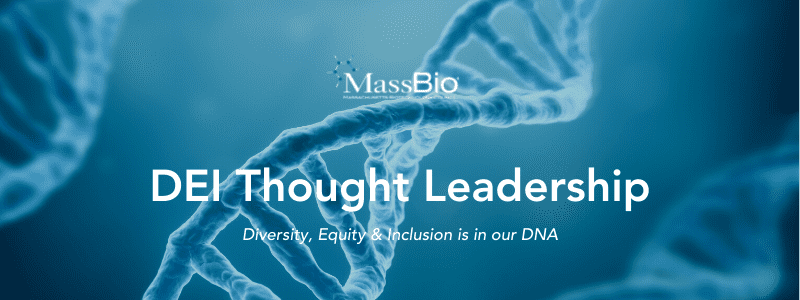Based on the article “The Role of Intersectionality in Recruitment and Hiring” by Don Lustenberger and Dalyn Allen.

It’s been more than 30 years since lawyer and law professor Kimberlé Crenshaw coined the term “intersectionality” to describe how discrimination against different facets of a person’s identity can overlap and impact their lives. In her article Demarginalizing the Intersection of Race and Sex, the US lawyer and civil rights advocate wrote: “Because the intersectional experience is greater than the sum of racism and sexism, any analysis that does not take intersectionality into account cannot sufficiently address the particular manner in which Black women are subordinated.”
The color of your skin, your gender, disability and sexual orientation all interact to affect your lived experience and contribute to unequal outcomes in ways that cannot be attributed to one dimension alone. Thus, “intersectionality” refers to how multiple characteristics such as race, sex, age, disability status, or sexual orientation may combine to create a unique experience of systematic discrimination and disadvantage for certain individuals or groups. For example, being a woman and being Black do not exist exclusively or separately from each other; but, in fact, these characteristics together create a unique experience for the individuals within this demographic. On a day-to-day basis, Black women may face stereotypes, biases, and discrimination that are specific to women, that are specific to being Black, and that are uniquely specific to being Black women (that is, stereotypes, biases, and discrimination that neither White women nor Black men would necessarily experience). So, the combination of being Black and being a woman can create a distinct and multi-faceted layering of disadvantage for individuals within this demographic.
Over the ensuing three decades, the regulatory landscape of intersectionality and discrimination has slowly evolved. Meanwhile, the concept of intersectionality has broadened to encompass characteristics beyond race and sex, to include religion, age, class, weight, disability status, and sexual orientation, among others. And the application of the concept within organizations has broadened, as well: Many employers have prioritized building a diverse and inclusive organizational culture by considering various “intersectional” perspectives. To this end, intersectionality can play an important role in employers’ recruitment and hiring efforts—topics which, surprisingly, have received limited coverage of late. Below we discuss intersectionality as it relates to recruitment and hiring, including some things HR practitioners should know about regulatory agencies and requirements.
Moreover, when making hiring decisions, employers often strive to ensure their selection tools and processes are fair for applicants—that is, that they don’t discriminate on the basis of race, sex, disability status, or other protected traits. Compliance with Equal Employment Opportunity laws and regulations that seek to eliminate workplace discrimination is, of course, one driver of this behavior. But many employers also see the use of fair selection processes as means to building a diverse workforce and fostering a culture of inclusivity.
What’s arguably less common (and perhaps more challenging), however, is for employers to consider their hiring processes with respect to intersectionality. This involves taking a more nuanced approach to understanding how members of various intersectional subgroups are treated during the hiring process andhow their outcomes (e.g., on interviews, tests, overall selection processes) might compare to those of other groups. It’s possible to apply an intersectional lens when evaluating nearly every aspect of a hiring process in an effort to ensure fairness and improve the diversity of hires without sacrificing quality.
So, in the end, what exactly is workplace intersectionality? And what role might it play in organizations’ recruitment and hiring efforts today? Join us on July 21, 2022 as we discuss how intersectionality interfaces with recruitment and hiring can help organizations develop diverse workforces and establish inclusive cultures. We will also explore how organizations, employers, and HR professionals who are committed to better understanding intersectionality may be better able to recognize and address unique forms of discrimination that some individuals may experience in the recruitment and selection processes.